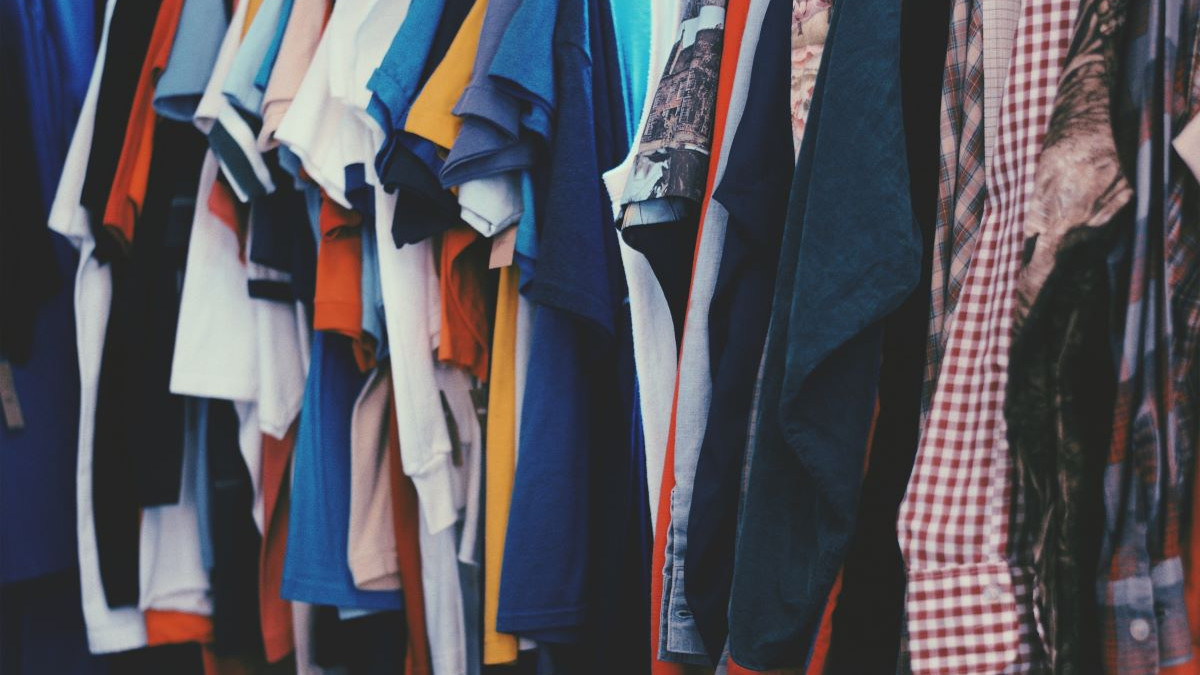Having a closet full of clothes, but think you have nothing to wear and need to go shopping? We are all to blame for this. With the rise of Fast Fashion chains, it’s become so much easier to dress yourself according to the latest trends for extremely low prices. It’s quite clear that these chains usually have sustainability issues and the Brits are becoming more aware of this when it comes to buying clothes. Yet the fashion industry is one of the most polluting industries in the world and you’ll be shocked to know how environmentally polluting just one garment is.
CO2 emissions
You may think that aviation and shipping are environmentally polluting, but let’s not forget about the fashion industry. Fashion is responsible for 10% of global CO2 production. The production and transportation of clothes have an average CO2 emission of hundreds of pounds per British person each year. According to some studies we buy an average of 20 garments each year. That means that buying one garment emits 32 lbs of CO2.
How much is that? Well, to give you an impression: if every person in the UK would cut down their fashion shopping by just one garment, that will have more impact on the climate compared to 700.000 people eating vegetarian for a year.
With an average of 32 lbs CO2 emission, the garment has only been produced and transported to the shop. We haven’t even mentioned washing and drying your clothes. Both machines are polluting, but the dryer gets the number 1 prize: annually the dryer emits 270 lbs CO2.
Water consumption
A pair of jeans for only £20,-, what a bargain. This deal may make you happy, but the environment is anything but happy. Tons of water are used to produce fabrics and garments. The production of only 1 pair of jeans contaminates 7000 litres of water, which equals taking a bath 60 times in a row or 5 years of drinking water for an average family. When the jeans are composed of eco-friendly cotton, the water consumption is reduced by up to 76%.
Pesticides
For cotton production, without a sustainable or eco-friendly label, chemicals are used to combat insects. According to a WWF study, the cotton industry is responsible for the use of 24% of the insecticides and 11% of the pesticides. These chemicals are very harmful to the people that work, often unprotected, on the land. Unfortunately, this is not all. The toxic substances released in the cultivation of cotton are in your clothes as well.
To clarify the relationship between cotton and pesticides: for the production of a T-shirt 250 grams of cotton and 150 grams of pesticides are used. If you wear a T-shirt that doesn’t have an eco-friendly label, your skin comes in contact with pesticides. Another good reason to buy eco-friendly cotton garments from now on!




